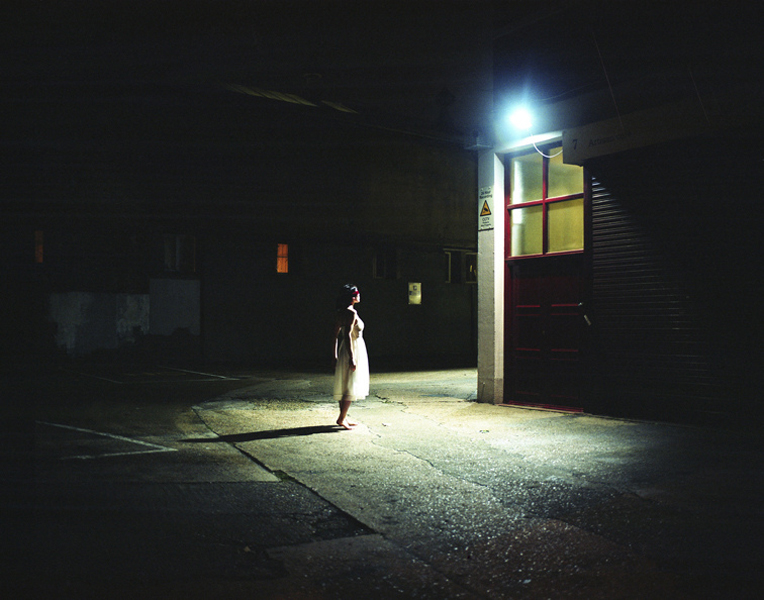
“Being an introvert and shooting portraits isn’t easy,” says French born photographer Anne-Marie Arpin, “I’m attracted to quiet, empty and desolate places. I feel better when there’s no one around.” Although Arpin is quick to confess her quiet nature and lonesome bent, she’s also capable of likening her hunt for light, shapes, and colors to that of a lion stalking its prey. Though these two descriptions seem at odds with each other, they perfectly characterize Arpin’s work. Her images are both severely quiet and deeply intense.
Because sometimes it’s the quietest listener who must suffer for intensity, even if below the surface. Their quiet natures become our conduits of feeling, absorbing and reflecting the moods around them. One only has to look at Arpin’s beautiful work to understand how being quiet allows one to connect with those notes often unheard, left for only those patient enough to listen. You’ll see work that’s both perfectly composed and hungry for blood.
In this interview, Arpin talks about how she got her start in photography, explains why her introversion helps and hurts her work, and reveals her approach to honest portraits.
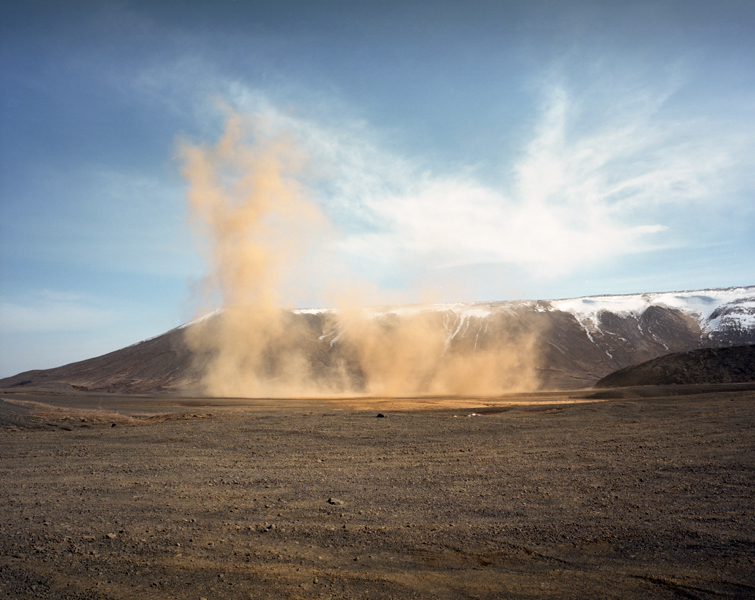
I like the organic feel of your work. How did you get your start? How would you describe your work?
Originally from France, I studied and lived in Belgium for a while before leaving for England in 2008. When I landed in London, it was all so foreign to me that I felt the need to record this new place I lived in. I enrolled on an evening photography course which helped me take my first steps with a digital camera. I went to a lot of exhibitions, forged a taste for analog photography and bought an old Russian medium format camera. I have experimented with various cameras ever since.

My portraiture could be described as reflective and quiet, the latter probably being a trait of my own personality I subconsciously put down on film. Recently I have been shooting much more landscape, for which I have found myself using the same approach; a relatively posed and ordered composition in which I leave room for spontaneity and natural elements to intervene. A desert is beautiful to photograph, but it is more enticing when the wind picks up and a sandstorm begins to form. Photographs are silent representations of an inner world and it’s the honesty and modesty within the people I work with I am trying to find.

You have a great eye for natural light, in all of its colors and weight. What do you first look for when setting up a shot? Do you think how you see light can be taught?
Colors are probably the main ingredient and I will always seek a particular feature in the location I am in. I really love playing with available light; I want my photographs to have a very natural look and avoid using any flashguns or artificial light in general. I doubt I could teach anyone how I see light but I would suggest to try to feel it instead. There’s nothing more pleasing than an early morning sunbeam on a cheek on a foggy wintery morning.
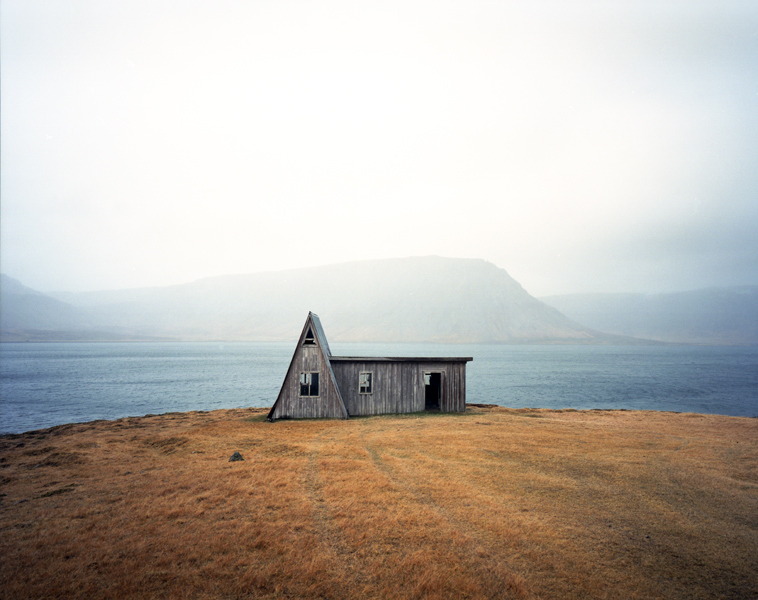
Your landscapes and portraits are sensitive. You’re patient with your frame. How would you describe your approach? Does only shooting in film help you find these tender moments?
I probably shoot landscapes the same way I do portraiture. Like a lion prowling around its prey; I take my time to look around, work out the light, shapes and colors in my frame, and try to find the right composition straight away. It totally depends with whom I am working though. I try to adapt to the person I am facing and bring out their personality.
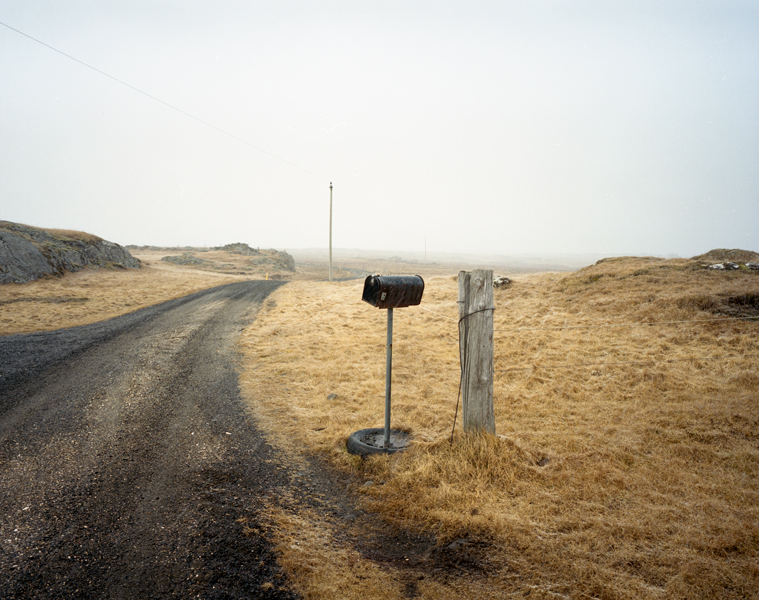
There’s a tension between how calm your landscapes look and how sullen they feel – if that makes any sense. When out shooting, what natural patterns do you find yourself drawn to?
I’m attracted to quiet, empty and desolate places. I feel better when there’s no one around. I love rainy days, early foggy mornings, wandering in cities on Sundays, stormy weather conditions. I’ll be going out when everyone else is sheltering inside, scouting for a detail, a quirky feature or colors, or simply capturing the beauty of the surroundings. I’ve had the chance to visit Iceland recently and fell in love with the landscape there; the imposing mountains, precarious roads, snow storms, and deserted places were a bliss for me.
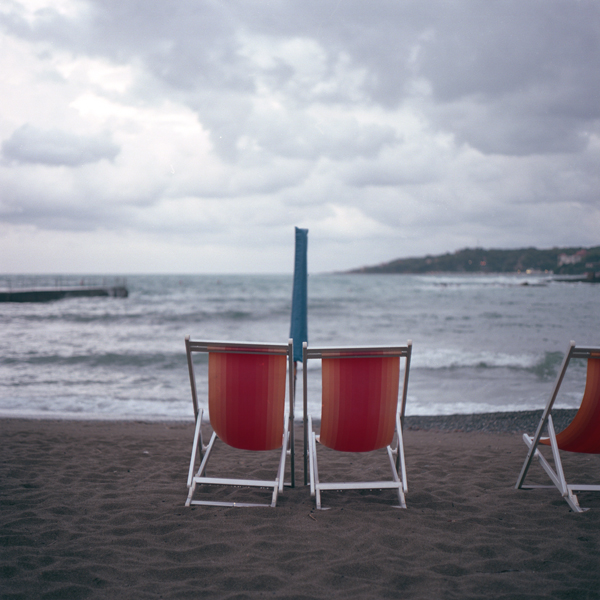
The last image in places.in.between is my favorite. I can hear the wind, the waves, and smell the impending storm. It’s a great shot. I like imagining a couple sitting there, bracing for rain. Could you explain how this photo was made from start to finish?
I was visiting a friend in Tuscany a few years ago and she wanted to show me one of the towns in the neighborhood. We set off early on a sunny Sunday morning, parked the car near the harbor and walked along the quay. The weather changed drastically, rain poured over our heads and the sea became agitated. The beach was deserted but for a few colourful deckchairs, waiting for the impending storm. It made me think of a moodier version of Neil Young’s On the Beach album artwork. I loved the idea of two invisible buddies enjoying a good storm on an deserted Italian beach.

Your portraits feature a lot of interesting expressions. They are contemplative looks. Some are undecided. Portrait #28 is one my favorites. The light is incredible, and she has a great (hidden) stare.What is your approach to direction? Do you usually just wait for the right moment?
Shooting portraiture has never been an easy thing for me. As a photographer you tend to wait to catch the right moment but often you need to make it happen as well. Searching for the right shadow or sunbeam, the right angle and color combination, and, more importantly, the right idea. I usually ask people I work with to try different poses and not to look into the camera until I find the right answer. Sometimes it never happens. It can take time for the person I’m working with to open up. Likewise, it takes time for me to be at ease with somebody.

The portraits look like they were made in the places where these people are from. Are they your friends? If so, why do you think you are drawn to documenting your relationships?
I’m a very reserved person. Small talk with strangers makes me nervous and act awkwardly. I took my first steps in portraiture asking friends and colleagues if they wanted to work on a series of portraits. I would invite myself to their places, we’d have a cup of tea and talk a little before I could feel comfortable and I find the right spot. There’s a certain intimacy I like to be part of and capture. When looking back at my friend’s portraits I am reminded of the nice times we had during the shoot. I love working with complete strangers but I find it daunting so it happens very seldom. Say I’d see someone working in a cafe, I’d go around a few times to get familiar with him/her and would timidly ask if they’d like their portrait taken. Just as often it doesn’t happen though, as I’m too afraid to take that first step. Being an introvert and a portrait photographer isn’t easy.
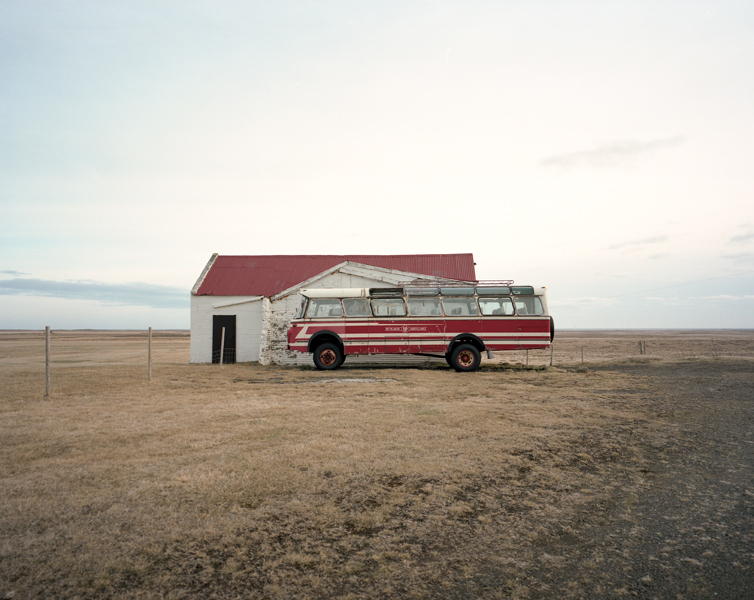
What would you consider the three most important traits a portrait photographer needs to be successful?
A love of humankind in general, an ability to see the light, and a lot of humility.

Be sure to check out all of Anne-Marie’s work on her website!







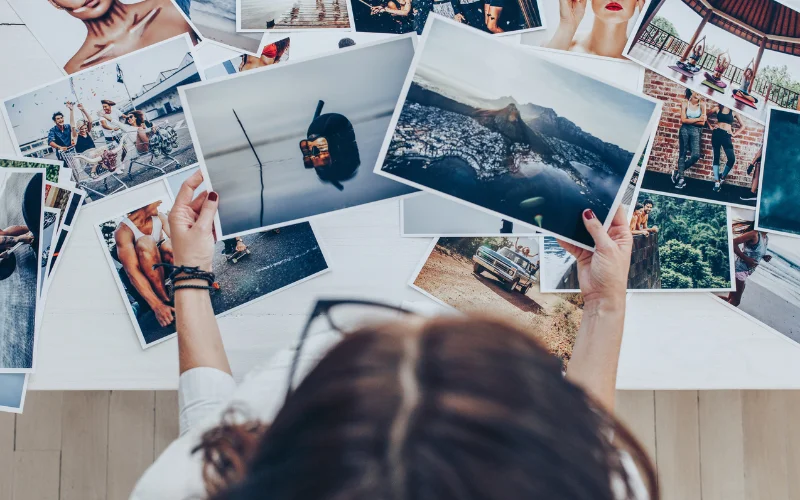


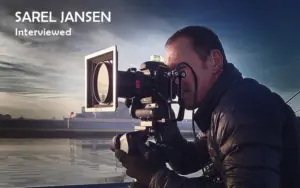
0 Comments on “Anne-Marie Arpin Interview: How Being Quiet and Listening Will Improve Your Portraits”